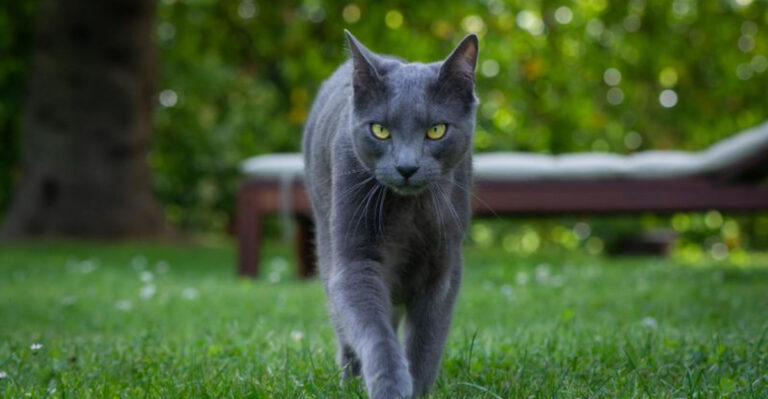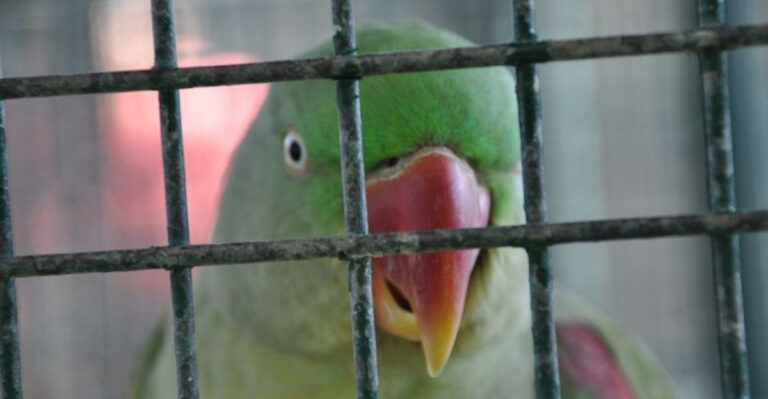Meet Nutria: They Look Like Beavers, But Cause Way More Damage

Have you ever spotted what looked like a beaver with a rat’s tail? You might have encountered a nutria. These large rodents from South America have invaded waterways across the United States, causing ecological havoc wherever they go.
While they might seem similar to our native beavers at first glance, these orange-toothed invaders are wreaking environmental and economic havoc on a massive scale.
1. Nutria Are Large, Semi-Aquatic Rodents
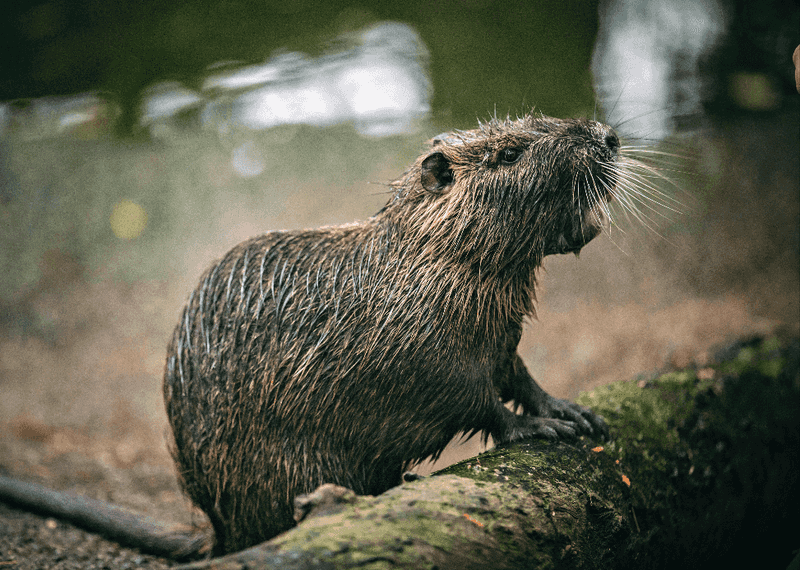
Orange teeth are the first giveaway when spotting a nutria in the wild. These oversized rodents can weigh up to 20 pounds and sport distinctive bright orange front teeth that never stop growing.
Native to South America, nutria have rat-like tails and webbed hind feet perfect for swimming. Their brown fur might make them look cuddly, but don’t be fooled—these creatures are ecological troublemakers of the highest order.
2. They Were Introduced To The U.S. For Fur Farming
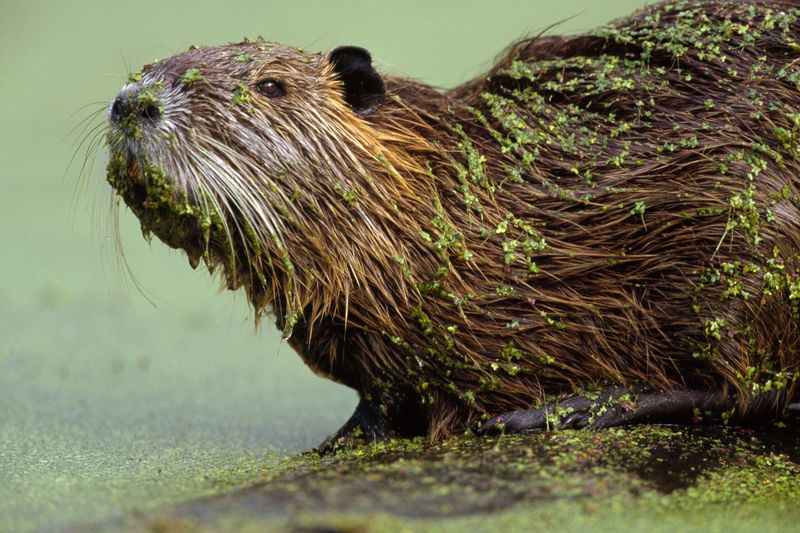
Greed for luxurious pelts brought nutria to American shores in the 1930s. Fur farmers imported these rodents believing their thick, waterproof coats would fetch high prices in fashion markets.
When the fur industry collapsed during the Great Depression, many farmers simply released their stock into the wild. Others escaped during hurricanes or floods that damaged farm enclosures, setting the stage for an environmental disaster.
3. Nutria Populations Exploded In The Wild
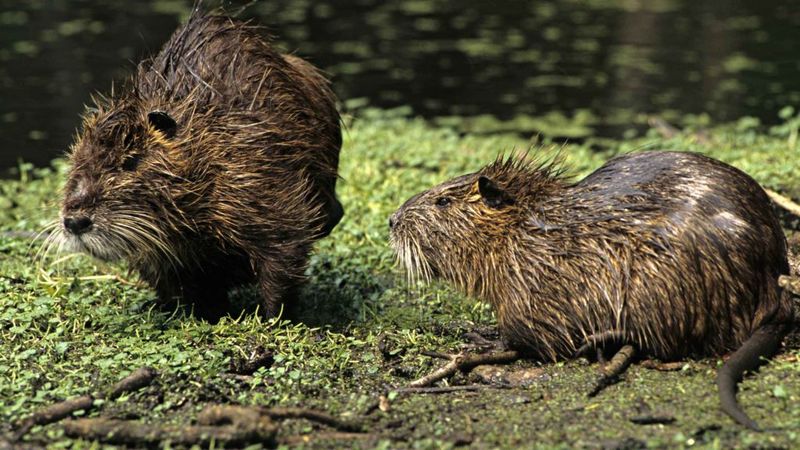
Freedom suited these South American imports perfectly. Without natural predators to keep their numbers in check, nutria populations skyrocketed across Louisiana marshes, Chesapeake Bay wetlands, and Pacific Northwest waterways.
A single female can produce three litters annually, with up to 13 young per litter. Areas that once hosted dozens of nutria now contend with thousands, creating an ecological nightmare for wildlife managers and conservationists alike.
4. They Destroy Wetland Ecosystems
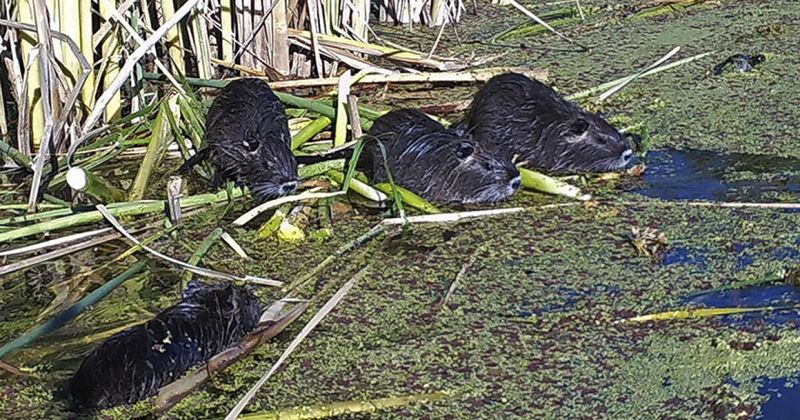
Ravenous appetites make nutria wetland destroyers. Unlike beavers that primarily eat tree bark, nutria devour entire plants—roots and all—leaving nothing behind to regrow.
Their feeding creates “eat-outs,” vast areas of barren mudflats where thriving marshes once stood. The Blackwater National Wildlife Refuge in Maryland lost over 5,000 acres of wetland to these hungry invaders, transforming lush habitat into open water unable to support native wildlife.
5. Their Burrows Damage Infrastructure
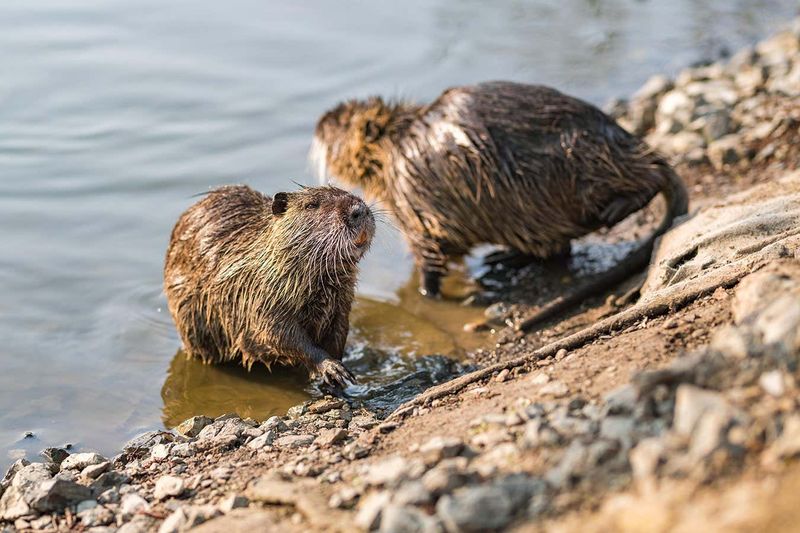
Underground networks of tunnels weaken vital flood protection systems. Nutria dig extensive burrows into levees, dams, and riverbanks, creating hidden passages that can extend 15 feet into these critical structures.
Water eventually finds these weaknesses, causing collapses that threaten communities. California alone spends millions annually repairing nutria damage to water control systems, with each repaired section vulnerable to new colonization by these persistent diggers.
6. Nutria Can Grow Alarmingly Large

Monster-sized specimens shock even experienced wildlife officers. While average nutria weigh 12-15 pounds, well-fed individuals in prime habitat can reach a whopping 20 pounds or more—about the size of a small dog!
Their bodies stretch up to 2 feet long, with tails adding another 12-18 inches. Females typically outgrow males, especially after multiple pregnancies. Their substantial size means they consume massive amounts of vegetation daily.
7. They Compete With Native Wildlife

Native species lose the battle for resources when nutria move in. Muskrats—similar but smaller native rodents—find themselves outcompeted for food and habitat by their larger, more aggressive South American cousins.
Waterfowl that depend on the same aquatic plants lose crucial nesting habitat. Rare marsh birds like the king rail and least bittern face population declines in nutria-infested areas. Even fish suffer as erosion from nutria feeding clouds water and destroys spawning grounds.
8. They Carry Diseases And Parasites
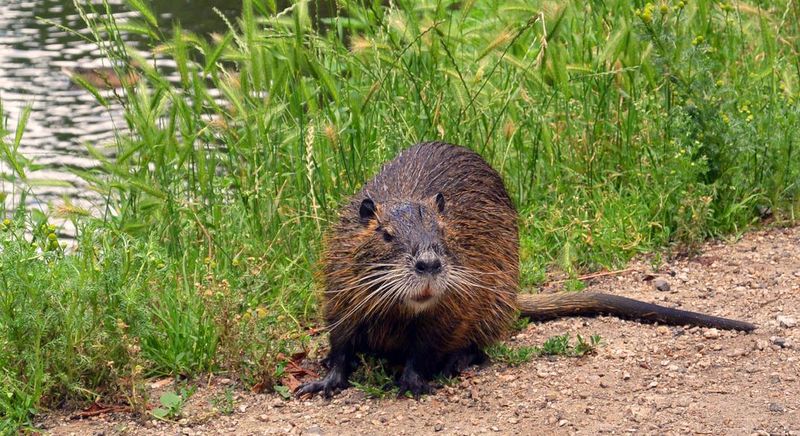
Health hazards swim alongside these invasive rodents. Nutria host over 20 parasites and pathogens that can spread to humans, pets, and livestock—including tuberculosis, septicemia, and tapeworms.
Their feces contaminate water sources with harmful bacteria. Researchers have identified nutria as carriers of leptospirosis, a bacterial infection that causes liver and kidney damage in humans. Trappers and wildlife workers must use protective equipment when handling these disease vectors.
9. They Reproduce Extremely Fast

Breeding machines would be an accurate description of these prolific rodents. Female nutria reach sexual maturity at just 4-6 months old and can become pregnant again within 48 hours of giving birth!
Their 130-day gestation period allows for three litters annually. Baby nutria are born fully furred with eyes open and can swim within hours. This remarkable reproductive capacity means even successful control efforts can be quickly undone if just a few breeding pairs remain.
10. Nutria Are Costing States Millions

Financial impact reaches far beyond environmental damage. Louisiana alone has spent over $2 million annually on nutria control programs, offering bounties to hunters who harvest these destructive pests.
Infrastructure repairs to damaged levees and water control structures cost taxpayers additional millions. Agricultural losses mount as rice fields and crops near waterways face nutria feeding pressure. Even private property owners near infested areas face costly repairs to eroded shorelines and damaged landscaping.
11. They’ve Been Officially Declared Invasive
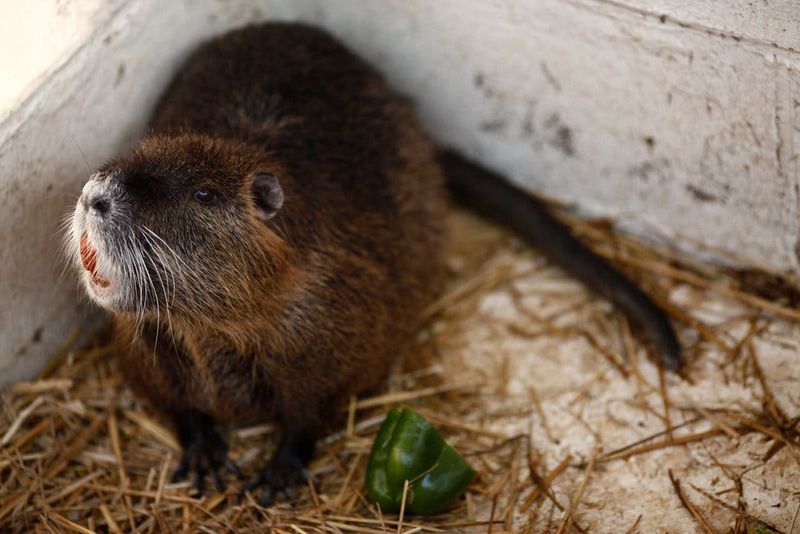
Federal recognition of the nutria threat came in 2003 when Congress passed the Nutria Eradication and Control Act. This legislation provided funding for removal efforts in Maryland and Louisiana, where damage was most severe.
The U.S. Fish and Wildlife Service classifies nutria among America’s most destructive invasive species. Several states have implemented regulations making it illegal to possess, transport, or release nutria. Dedicated task forces now work to eliminate these rodents before they claim more territory.
12. They Are Not The Same As Beavers Or Muskrats
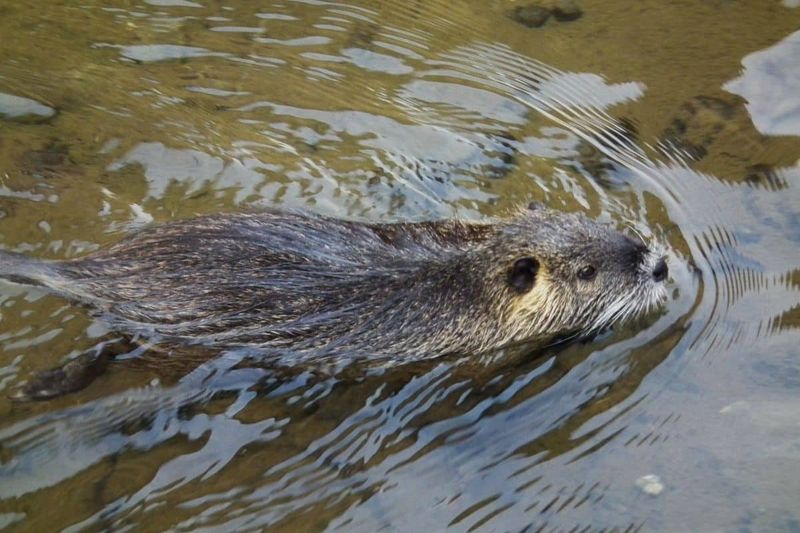
Confusion reigns among casual observers who mistake nutria for native wildlife. Unlike beneficial beavers that create wetlands with their dams, nutria destroy these ecosystems through their feeding habits.
Key differences include nutria’s bright orange front teeth, round rat-like tails, and prominent white whiskers. Beavers have flat tails and darker teeth, while muskrats are significantly smaller. Learning to identify nutria helps citizens report sightings to wildlife authorities before populations become established.
13. Some States Have Bounty Programs
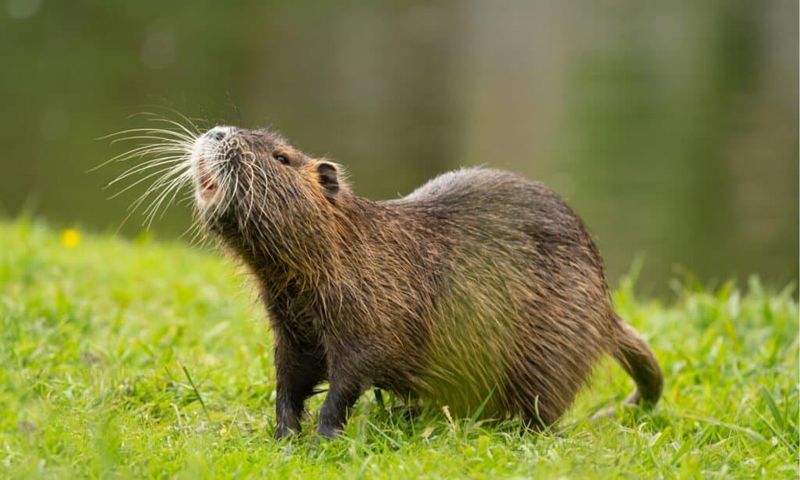
Cash incentives motivate hunters to target these destructive invaders. Louisiana’s Coastwide Nutria Control Program pays $6 for each nutria tail, resulting in over 400,000 nutria removed annually from fragile wetlands.
Maryland’s program successfully reduced nutria populations in Chesapeake Bay marshes through a combination of trapping and hunting bounties. California recently launched similar efforts as nutria invaded the Sacramento-San Joaquin Delta. These programs represent rare cases where recreational hunting actually benefits ecosystem health.

